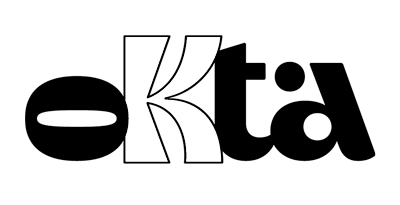In an increasingly information-saturated world, we are bombarded with numerous stimuli, and most of them are not consciously registered by our brains. However, studies confirm that we can absorb information that lies beneath our level of consciousness. Described as "visual, auditory, or sensory messages that are slightly below our level of conscious perception and can only be detected by the unconscious mind," subliminal messages are an example of such stimuli. In his book "Buyology," Martin Lindstrom recounts some experiments he conducted to study these messages.
In one of his studies, a group of volunteers was exposed to two types of information. First, they viewed subliminal images reinforcing the visual universe explored for many years in cigarette commercials before government bans on advertising in this segment: cowboys trotting through a rustic landscape, jeeps descending a winding road, a dry desert, red Ferraris, sports cars racing in Formula 1, and so on. However, these images did not feature any cigarettes or actual logos. As a comparison, the volunteers were then exposed to explicit cigarette commercials bearing brand signatures such as Marlboro and Camel, along with images of the product.
The Power of the Brand Universe
Lindstrom found that when participants saw cigarette packs and company logos, areas of the brain associated with desire, reward, and dependency were activated. Interestingly, subliminal images triggered even more activity in these brain areas, generating additional desire among smokers. The author believes this occurs because messages without a logo are not consciously perceived as advertising and are easily absorbed, as they do not seem to sell something. According to him, once the logo disappears, the brain is no longer on alert and reacts subconsciously and enthusiastically to the message before it.
Cigarette manufacturers, over the years, carefully worked to build sensory associations related to smoking. "They managed to circumvent anti-smoking government rules by creating stimuli powerful enough to replace traditional advertising." Thus, the universe associated with smoking became much stronger than the brand logos themselves. This leads us to believe that constructing a brand universe infused with various visual, auditory, or sensory elements is more crucial for making the brand naturally accepted and memorable than simply incessantly applying its logo.
So, does your brand have a rich enough universe of associations to go beyond the logo?
